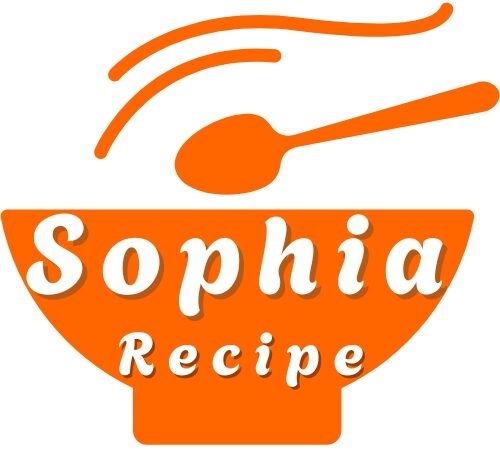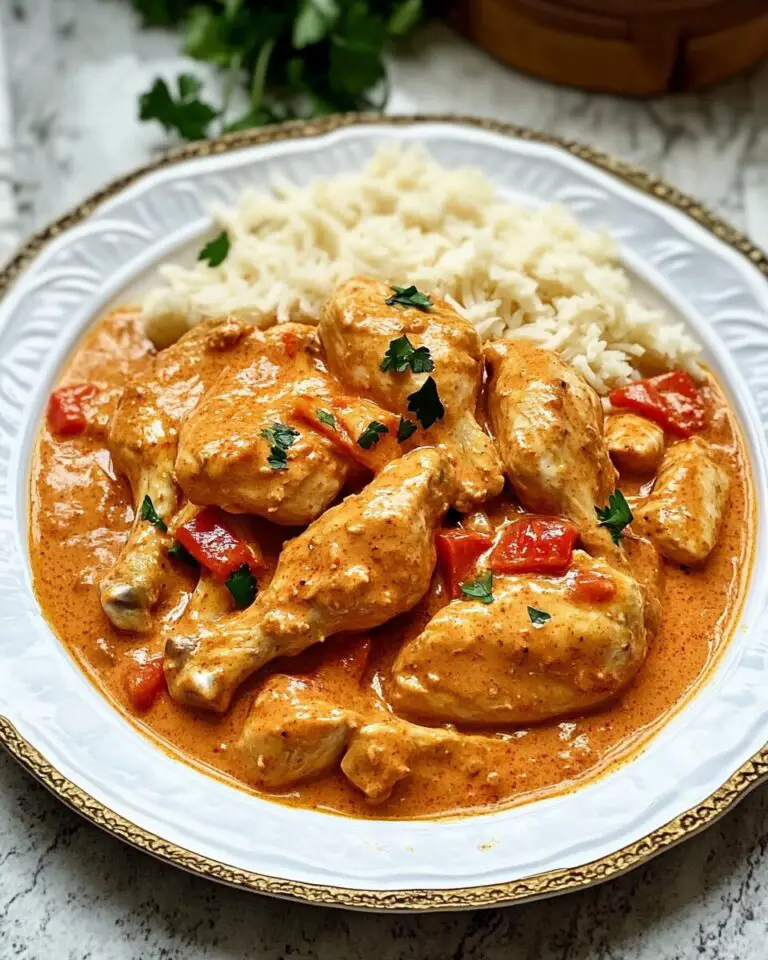Chicken Paprikash is a timeless Hungarian classic featuring tender chicken simmered slowly in a rich, creamy paprika sauce. Infused with sweet paprika and finished with a touch of sour cream, this comforting dish is simple yet packed with flavor. It’s a true comfort food favorite, perfect for cozy family dinners.
Full Recipe:
Ingredients
-
1 tablespoon olive oil (extra virgin)
-
900g (2 lbs) chicken thighs and legs
-
1 onion, chopped
-
3 cloves garlic, minced
-
2 tablespoons sweet paprika
-
2 tablespoons flour
-
400ml (1½ cups) chicken stock
-
400g (14 oz) canned chopped tomatoes (crushed tomatoes for US/Canada)
-
250ml (1 cup) full-fat sour cream
-
Salt and pepper, to taste
-
Fresh parsley (for garnish)
Directions
-
In a large pan, heat olive oil over medium-high heat. Season chicken parts with salt and pepper, then brown them until golden (but not fully cooked). Remove and set aside.
-
Discard most of the fat, leaving about 2 tablespoons. Add chopped onion to the pan and cook over low heat for 5–7 minutes without browning.
-
Add garlic and cook for 30 seconds while stirring. Stir in paprika and flour to form a paste.
-
Gradually stir in chicken stock to avoid lumps, then add the canned tomatoes. Increase heat and bring to a boil.
-
Return chicken with juices to the pan, cover, reduce heat, and simmer for 40–45 minutes, stirring occasionally.
-
After cooking, stir in sour cream and remove from heat. Garnish with fresh parsley and serve.
Nutrients
-
Calories: 488 kcal per serving
-
Carbohydrates: 12 g
-
Protein: 28 g
-
Fat: 36 g
-
Saturated Fat: 11 g
-
Cholesterol: 170 mg
-
Sodium: 719 mg
-
Potassium: 688 mg
-
Fiber: 2 g
-
Sugar: 5 g
-
Vitamin A: 1650 IU
-
Vitamin C: 6.9 mg
-
Calcium: 87 mg
-
Iron: 2.7 mg






